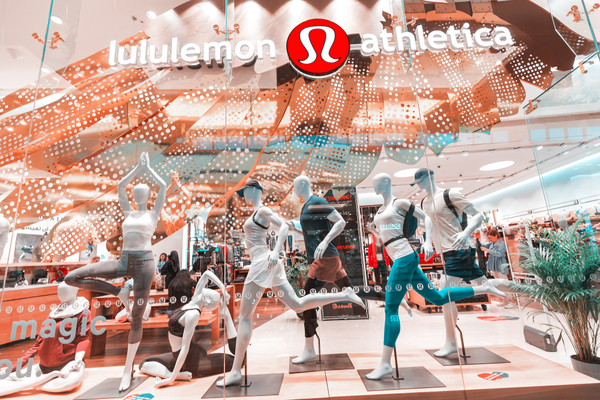 Trump Tariffs are already Hitting the Fashion Industry Hard
Trump Tariffs are already Hitting the Fashion Industry Hard
On April 2, President Donald Trump announced the highest and most comprehensive tariffs in nearly a century, with a 10% baseline and much higher tariffs on countries that will have major negative impacts on the fashion world.
The official list of incremental tariffs, which Trump referred to as “reciprocal,” includes many of the country’s largest trading partners and major suppliers to the fashion industry. China will face a 34% reciprocal tariff, while Vietnam faces a 46% tariff and Bangladesh will see a 37% reciprocal tariff. The EU’s reciprocal tariff is 20%.
According to The Business of Fashion, Vietnam is the second-biggest apparel exporter to the U.S. after China. China will be subject to a new 34% tariff on top of the previously announced duties, raising its tariff rate to 54%. The EU will be hit with a 20% duty.
But that’s not all. As Fashion Dive reports, President Trump also closed the de minimis exemption for goods coming from China and Hong Kong effective May 2, with other countries potentially following. At that point, goods valued at or under $800 that would otherwise be duty-free will be subject to a duty rate of either 30% of their value or $25 per item, increasing to $50 per item after June 1.
In a statement issued immediately following the tariff announcement, the United States Fashion Industry Association (USFIA) said, “the fashion industry depends on global supply chains more than perhaps any other sector of manufactured goods. While tariffs can be a useful tool in addressing unfair trade practices, they disproportionately impact the fashion industry. U.S. imports of textiles and apparel are subjected to some of the highest tariff rates. For example, in 2024, the average tariff on steel was 5%, while the average tariff on apparel was a staggering 14.6%.”
Steve Lamar, president and CEO of the American Apparel and Footwear Association issued a statement that read, “Before today’s so-called ‘Liberation Day,’ the average tariff on clothes, shoes, and accessories, necessities every American must buy, was already more than five times higher than on other U.S. imports. True liberation would have involved eliminating this high tariff burden and relieving U.S. consumers of its regressive and misogynistic effects, rather than layering on more costs that fuel inflation. While we welcome President Trump’s focus on reducing foreign trade barriers, we need to reduce America’s high trade barriers as well and do so in a predictable manner that enables long-term investment and supply chain decisions.”
In an emailed note, William Blair of Equity Research noted “the April 2 tariffs seem purpose-built to hobble the apparel industry, with the highest tariffs targeting regions that in aggregate are the source of 50% of apparel imports and a weighted average tariff of some 32% now levied against countries that are the source of close to 85% of apparel imports.”
Shifting production to other countries will be a challenge considering the skilled labor and infrastructure companies require. “We think the aggregate increase in merchandise cost is likely to be about 30%, of which it is safe to assume companies will have to eat a fair share.”
Fashion stocks immediately plunged in after-hours trading, with Lululemon shares dropping more than 10%, Nike’s and Ralph Lauren’s falling 7% and Tapestry, Capri and PVH Corp. down around 5%.
—
Photo Credit: frantic00 / Shutterstock.com


